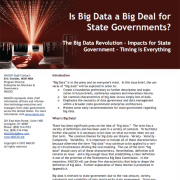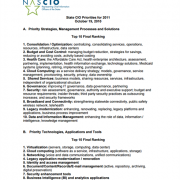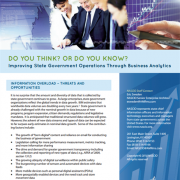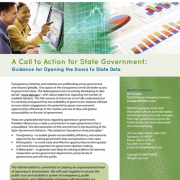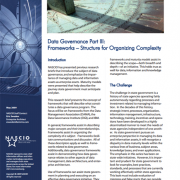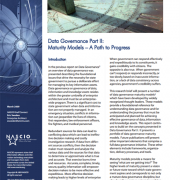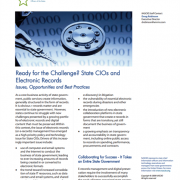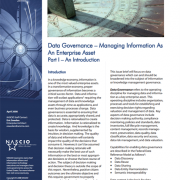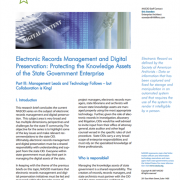The 2012 State CIO Survey: Advancing the C4 Agenda
NASCIO, TechAmerica, and Grant Thornton LLP have collaborated on the third annual survey of state government IT leaders. Since the last survey of state chief information officers (CIOs) in 2011 – A New C4 Agenda (Consolidation, Collaboration, Clout, and Change) – we find that CIOs continue to be confronted with myriad responsibilities and leadership challenges. Some of these focus on continuing to provide many high-quality IT services to state agencies and employees (such as email and networking) as well as to citizens (such as online registration and licensing). Others focus on procuring, implementing, and managing new IT services, such as cloud platforms, mobile devices and applications, and social media. CIOs must maintain a balancing act, not allowing either the old or the new to dominate their attention.


